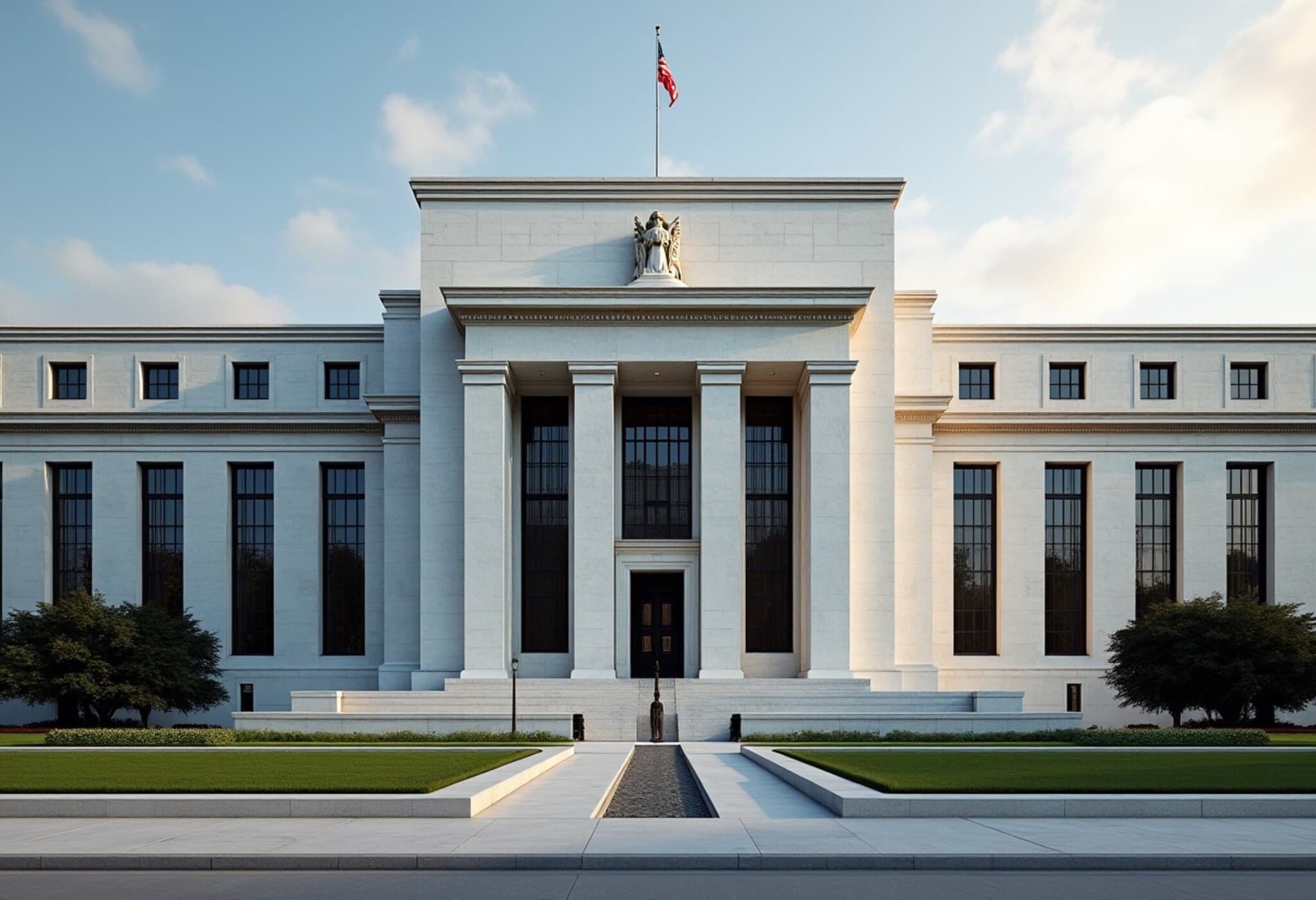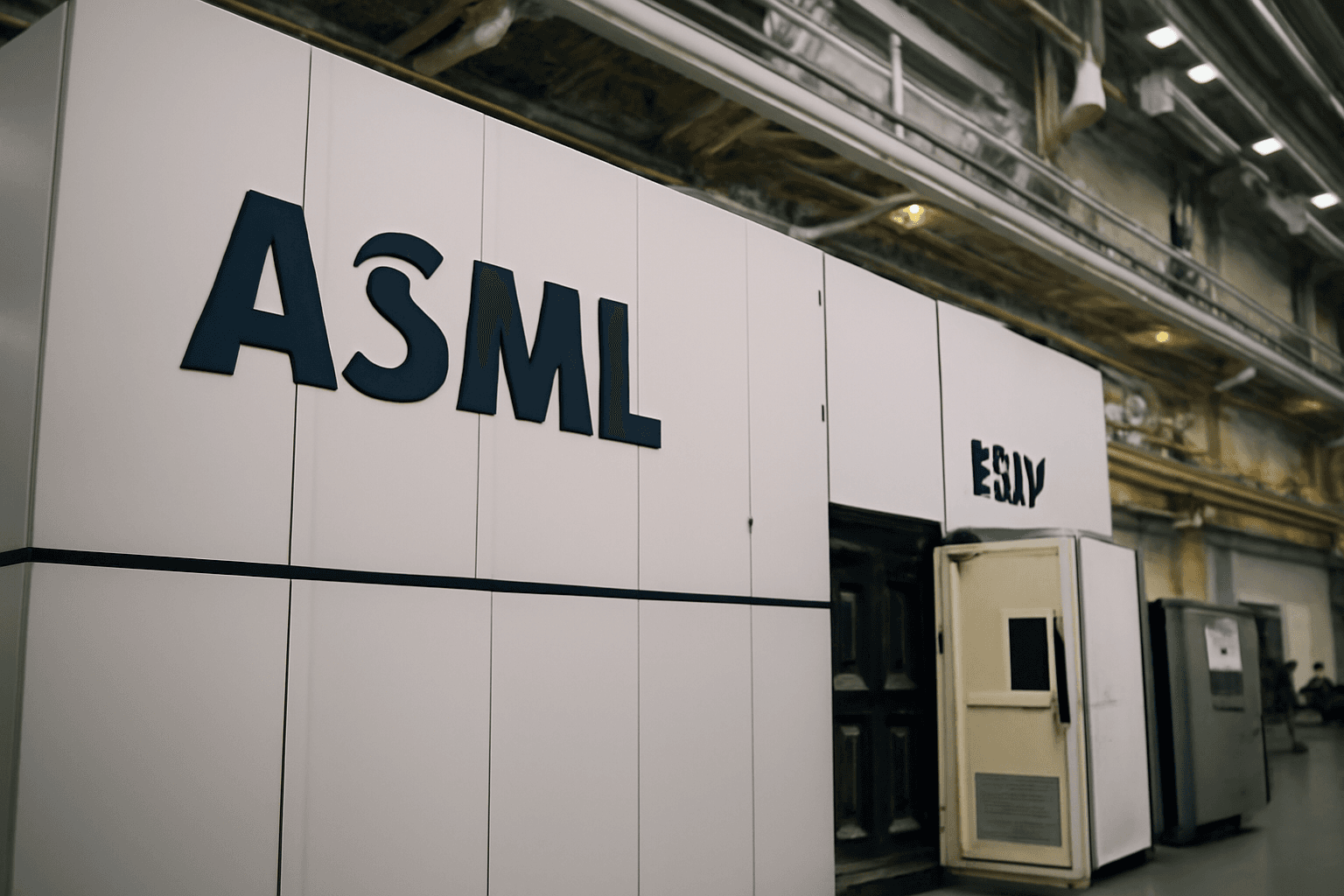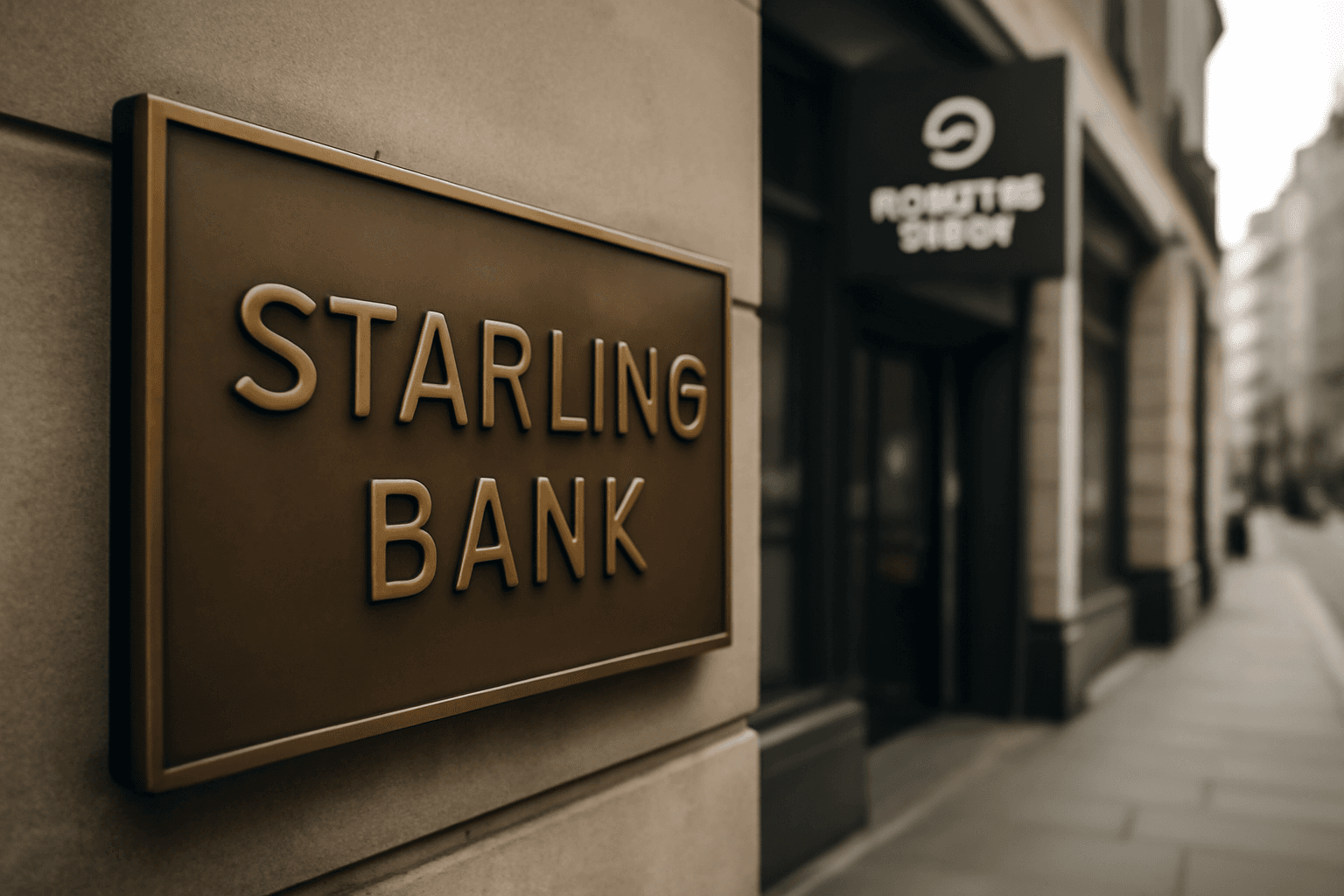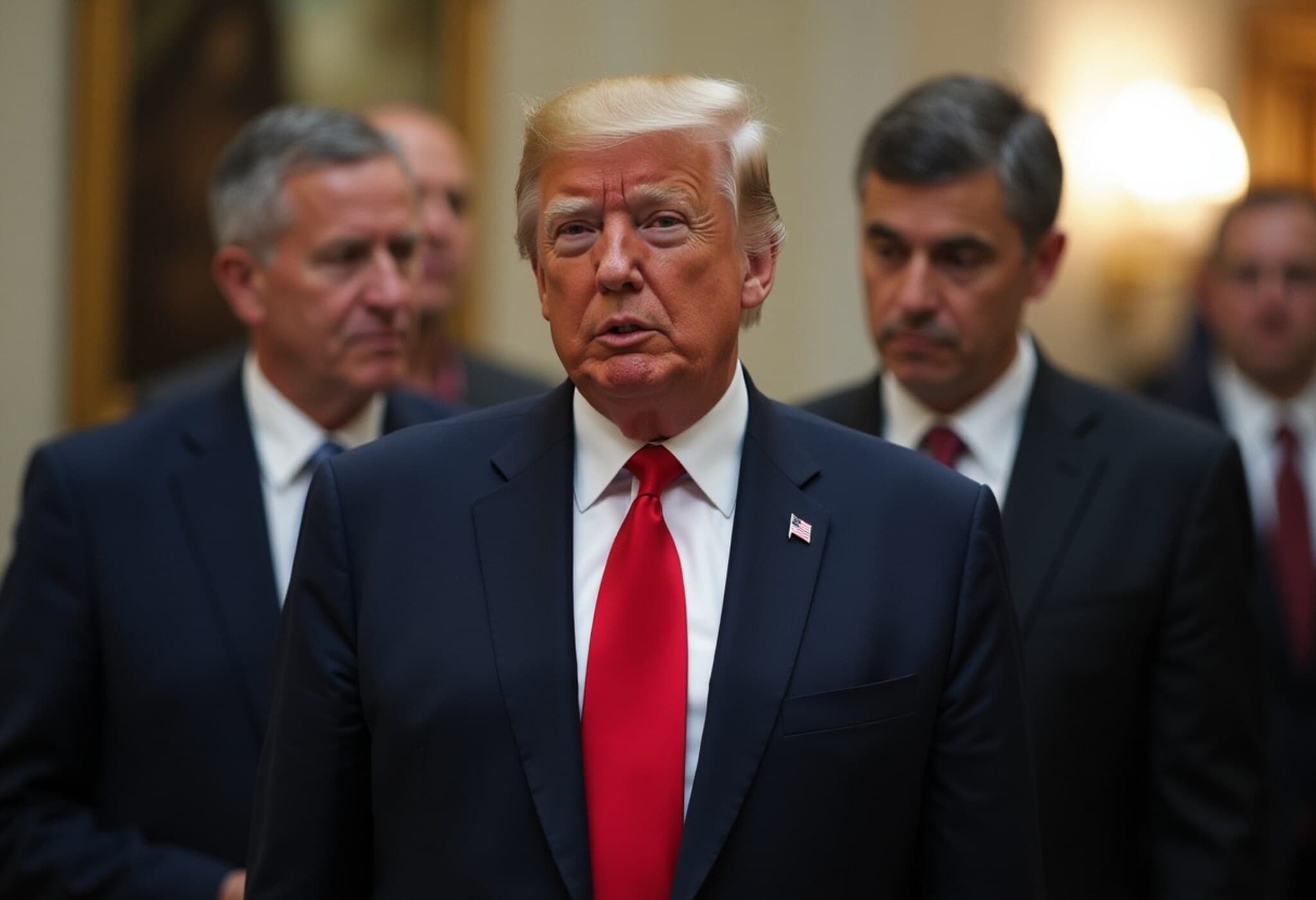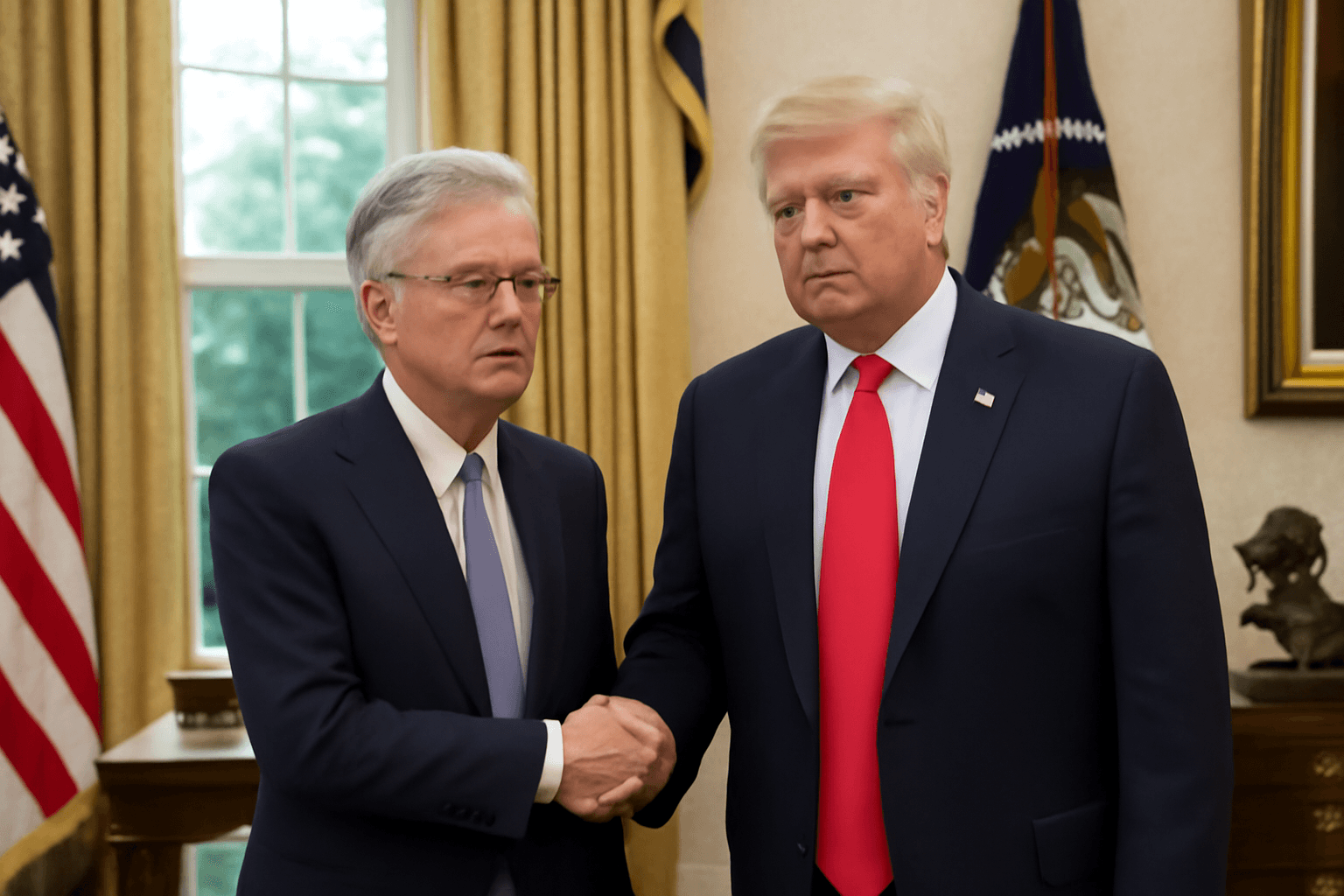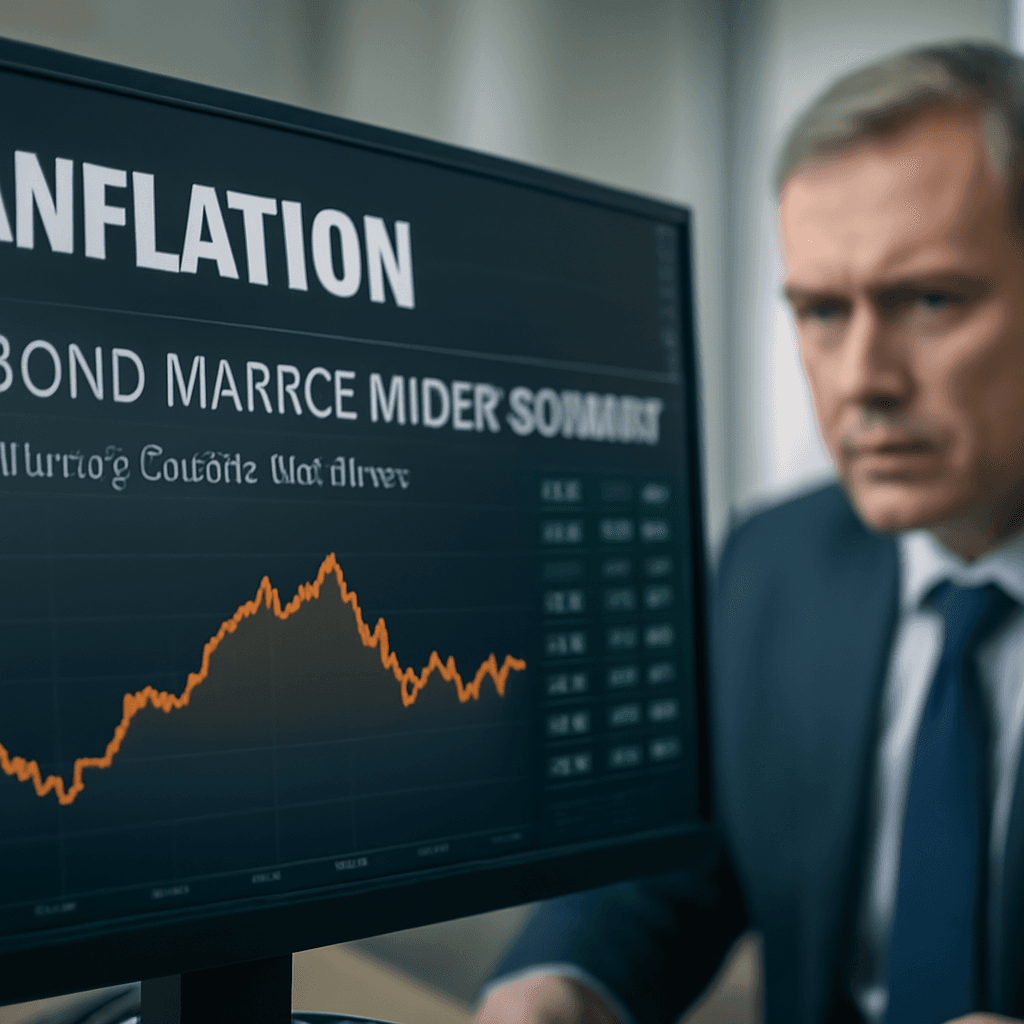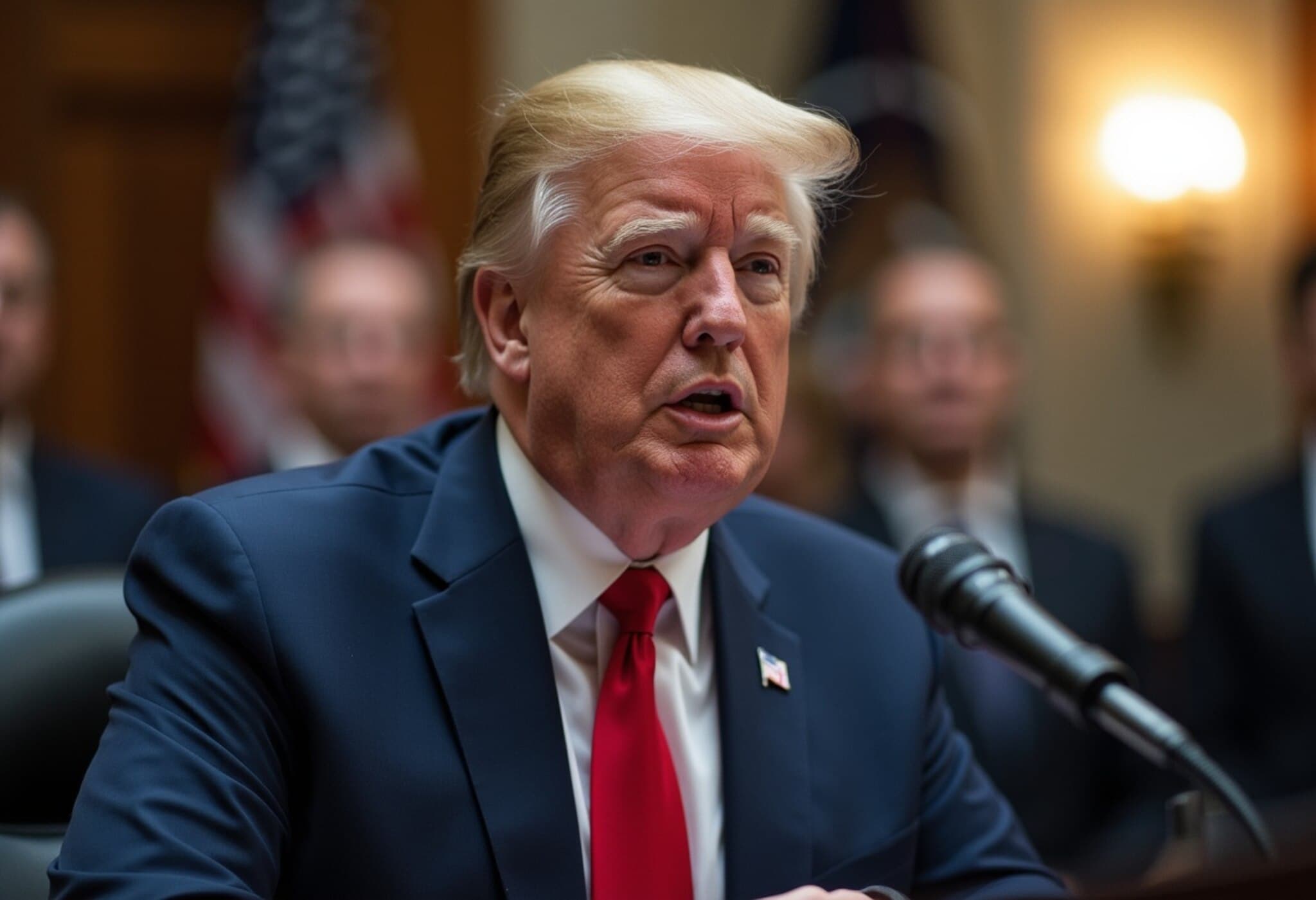Unveiling the Transformation of the Federal Reserve's Historic D.C. Headquarters
After more than a decade of meticulous planning and work, the Federal Reserve's headquarters in Washington, D.C. is undergoing one of its most significant renovations ever, stirring political and public interest. The two iconic structures—the Marriner S. Eccles Federal Reserve Board Building and the 1951 Constitution Avenue Building—are being revitalized with an eye toward modern safety standards and historic preservation.
A Renovation That Goes Beyond Bricks and Mortar
The renovation project, now estimated to exceed $2 billion, was initially expected to be less costly. However, unexpected structural issues and extensive water damage uncovered early in the process have contributed to increased expenses and prolonged timelines. According to Federal Reserve officials, these improvements include installing blast-resistant glass and reinforcing the buildings to withstand contemporary security threats, reflecting heightened concerns in today’s geopolitical climate.
Political Spotlight: President Trump's Critique and Visit
President Donald Trump has recently thrust the renovation project into the political arena, tying it to his ongoing pressure on Federal Reserve Chairman Jerome Powell to reduce benchmark interest rates. The White House has used the escalating costs and delays as fodder in broader criticisms of Fed policies. This tension culminated in President Trump scheduling a visit to personally review the renovation’s progress—a rare intersection of federal infrastructure and political theater.
Balancing Preservation and Modernization
Beyond the headlines and political debates, there is a rich narrative in the careful restoration work on these historic buildings, which serve as symbolic landmarks of U.S. financial governance. Inside, original ceiling details in the main two-story boardroom have been painstakingly preserved, while new amenities prioritize employee safety and comfort. Workers affectionately nickname a key reception area the “Oval Office” due to its distinctive oval shape, a playful nod to the building's importance.
Implications for Federal Infrastructure and Governance
- Historic Value: Maintaining architectural integrity while upgrading for 21st-century needs exemplifies responsible stewardship of national assets.
- Security Upgrades: Features like blast-proof glass underscore the increasing importance of secure government facilities amid evolving security challenges.
- Economic Context: The renovation’s budget overruns invite a broader discussion on the costs of maintaining aging public infrastructure versus the need for operational efficiency.
What’s Next for the Federal Reserve Buildings?
The refurbishment is projected to finish by 2027, with Federal Reserve staff returning to the refreshed spaces in 2028. This timeline highlights the scale of the undertaking and the Federal Reserve's commitment to creating a resilient, state-of-the-art environment for its leadership and staff.
Expert Insight: Impacts on Federal Policy Perceptions
Policy analysts note that while the renovation itself is primarily a facilities issue, its politicization reflects deeper tensions between the Federal Reserve’s independence and the executive branch’s economic priorities. The renovation narrative has become a proxy for debates on monetary policy, fiscal responsibility, and transparency.
Gallery Highlights: Capturing History and Progress
Photographs reveal iconic views, including the Washington Monument framed by the Federal Reserve roofline, detailed restoration of historic ceilings, and ongoing construction efforts inside the Constitution Avenue Building. These images serve as a visual testament to the balance between honoring history and embracing modernity.

